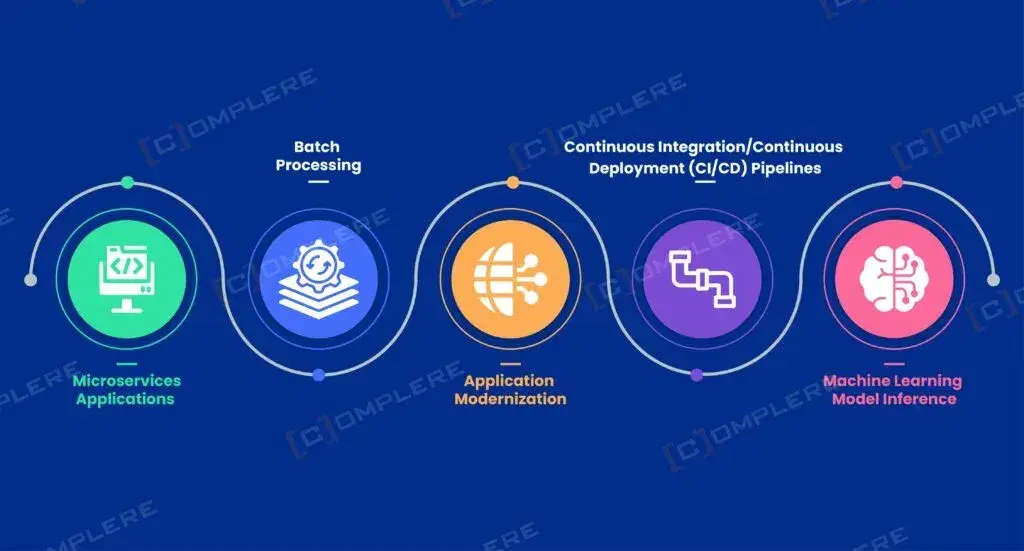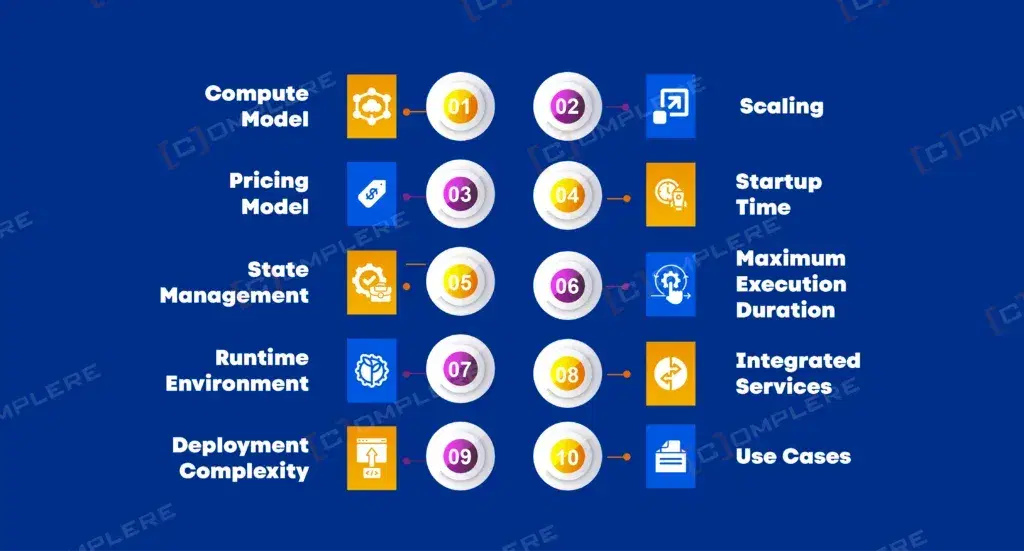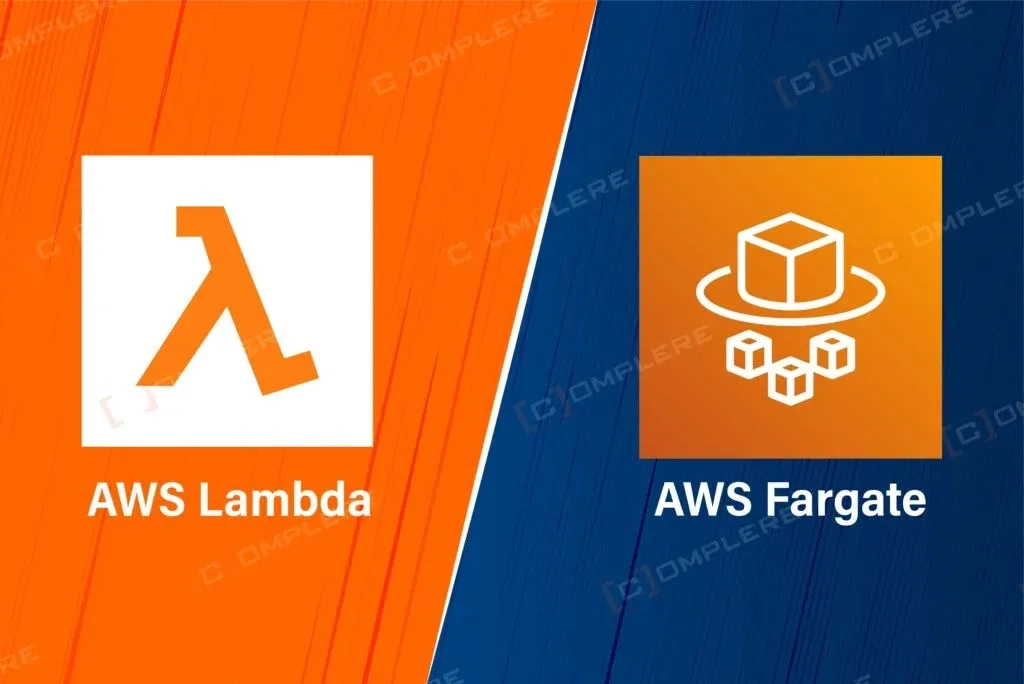Introduction
What is AWS Lambda and its Top 6 Uses in 2024?

What is AWS Fargate and its Top 5 Uses in 2024?

- Microservices Applications: It easily deploys and manages microservices applications. It performs efficiently without any challenges of server management. Fargate is also known for scaling computational resources as per your requirement.
- Batch Processing: Fargate runs batch computing workloads without provisioning the infrastructure. That automatically optimizes your costs and efficiency.
- Application Modernization: Fargate provides the migration of legacy applications. That allows a flawless transition to modern and cloud-native architectures.
- Continuous Integration/Continuous Deployment (CI/CD) Pipelines: It automates your deployment pipelines. With automation your pipelines perform faster and release reliable software.
- Machine Learning Model Inference: Fargate deploys machine learning models as containers. These containers scale up and scale down your resources according to the demand. Fargate offers all those benefits without any manual interference.
Top 10 Differences Between Lambda and Fargate:

- Compute Model: Lambda provides function-as-a-service. It makes it possible to run codes automatically by responding to the triggers. Fargate offers container-as-a-service. This service allows running containers without any requirement of server management or cluster management.
- Scaling: Lambda performs automatically to scale by running multiple instances of your function in parallel. Fargate performs scaling at the task level. It requires manual scaling policies for ECS and EKS services.
- Pricing Model: Lambda charges may vary as per the changes in the number of requests and the duration of code execution. Fargate prices are affected by the allocated vCPU and memory resources per container instance.
- Startup Time: The design of Lambda makes its function much smarter. Due to its design, it takes less startup time for short-lived, event-triggered functions. Fargate is faster but it may take longer startup times for containers.
- State Management: AWS Lambda functions are stateless, and they can manage every invocation independently. On the other hand, Fargate can run stateful applications using persistent storage options, for example Amazon EFS.
- Maximum Execution Duration: Lambda functions work with a maximum execution time limit. This time limit can force long-running processes. Fargate tasks can run constantly. So Fargate tasks become more suitable for tasks with longer durations.
- Runtime Environment: Lambda supports specific runtime environments. These environments are predefined by AWS. But Fargate offers more flexibility and allows you to define your container’s runtime environment.
- Integrated Services: Lambda integrates properly with AWS services, for example S3, DynamoDB, and API Gateway. These AWS services support event-based processing. Fargate integrates with ECS and EKS effectively for container management and more.
- Deployment Complexity: Lambda is very easy to deploy for small-scale and event-based workflows. Fargate requires bigger setup and configuration and serves large-scale applications as well.
- Use Cases: Lambda is a good option to choose for executing small and short-lived tasks for events. Fargate is a better option for tough and challenging applications. Also, it performs the best for the applications that require long-running processes and specific runtime configurations.













